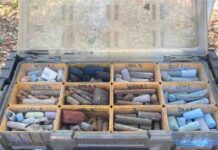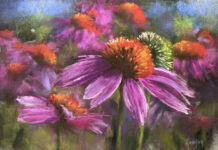In her article on my blog HowToPastel, guest Karen Margulis talked about her new direction into abstraction saying she had taken a workshop with artist Larry Moore, a workshop that had changed the course of her art journey!
I was curious to know more about Larry Moore. To start, Karen had mentioned his book, Fishing For Elephants: Insights and Exercises to Inspire Authentic Creativity (I’m still waiting for my order to arrive!) and as I searched, I discovered that Eric Rhoads had interviewed Larry on the PleinAir Podcast. I listened and decided to share some of my takeaways from the conversation. If you’re interested in going beyond representational work and moving towards a more creative expression, I encourage you to listen to the whole podcast.
In the meantime, here are a few quotes from Larry Moore that stood out to me.
To make sure this post isn’t text-heavy, I’ve scattered some of Larry’s paintings throughout even though they aren’t pastel. You can be inspired and also learn much from them!
Okay, let’s get crack on!
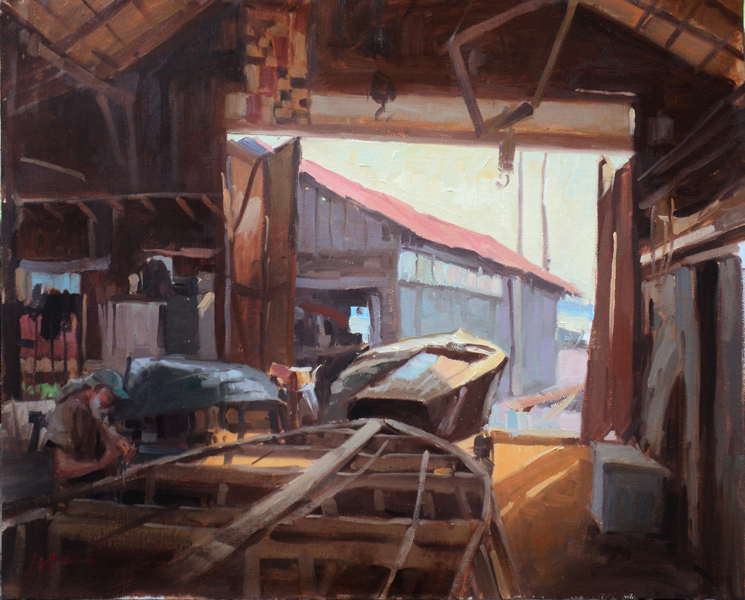
Larry Moore points out that people who are learning to paint often don’t know how to find their voice. And this may be because “they spend a lot of time learning the mechanics of painting.” So when he’s teaching, he’s concerned with helping with that aspect as well as teaching the principles of design. So rather than teaching about how to be an abstract painter, he has students go through “a series of exercises, get artists to compose space, using the components of what we use to make any painting…line, mark-making, value, edge, shape, colour, etc.
A big chunk of this is changing or enhancing the way we think about painting. All forms of painting from hyperrealism down the chain have a level of abstraction already. I don’t care how hyperreal you get, there’s still a level of abstraction. You can’t possibly get every molecule of information from whatever your sources are. Plus you’re converting three-dimensional space into two dimensions.
And if we move down the spectrum, from hyperrealism, and into levels of abstraction, we start playing with things like shape or edge or colour, or how to break an edge, how to use patterns, how to use paint in an inventive way, these are all levels of abstraction.”
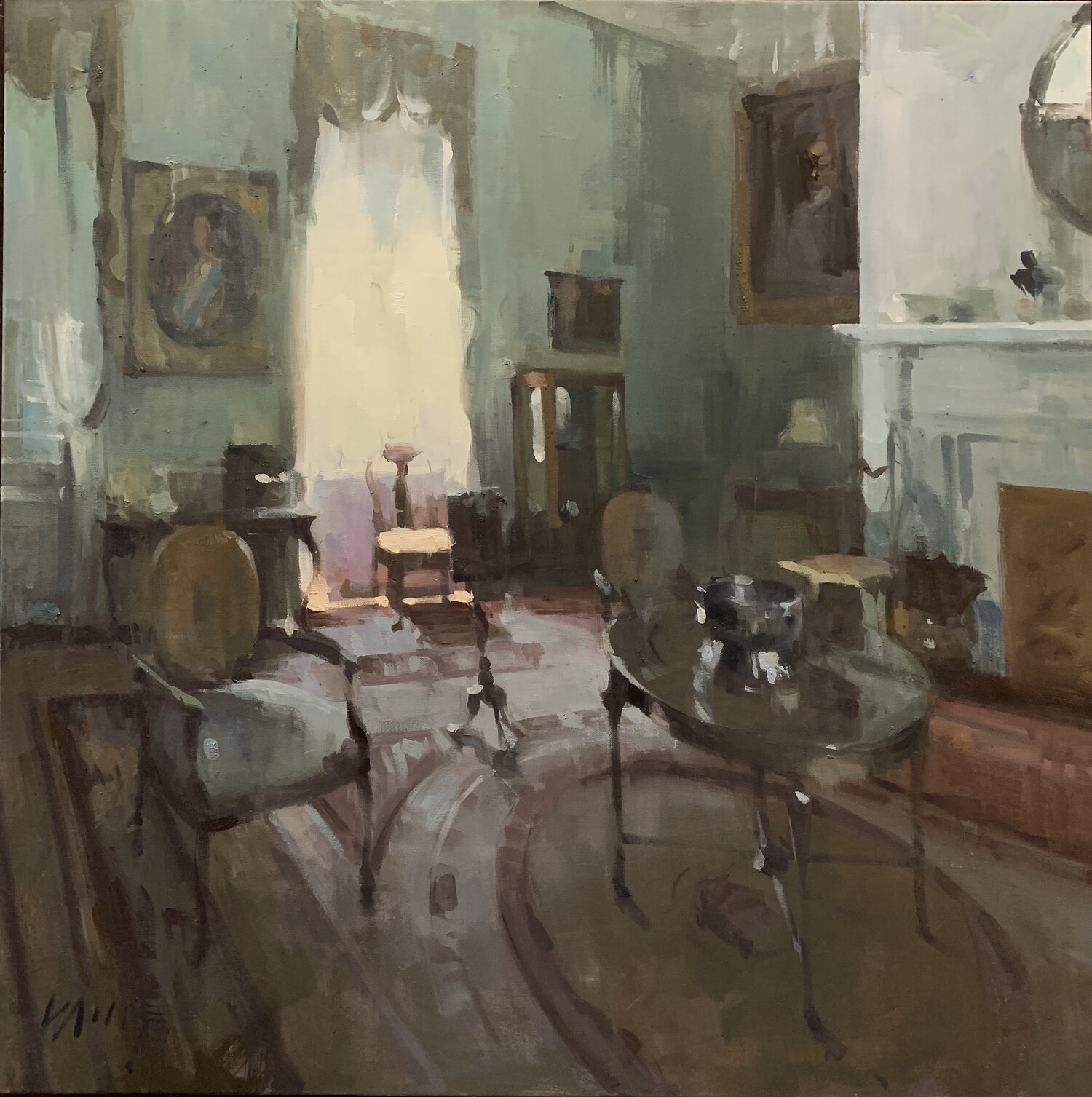
Larry talks about the idea of “letting go.”
“A primary sort of feature in this process of exploration, I call it discovery, is the idea of letting go in order to find something that is of interest to you, that sparks something for you, and these sparks are different for every person.
But, if you’re a beginner, the first thing you need to worry about is the rudiments, the very basic things of surface, how to mix paint, what brushes can do, the viscosities of paint, and how to move paint around. Those are super important things.
And then, as a realist painter, you have to learn drawing and understand value and edge. And, all of these components apply also to abstract painting, with a lot more freedom.
It’s a tightrope that you have to walk between control and letting go. And in realism, there’s a high element of control that we have to maintain in order for things to read three-dimensionally in a two-dimensional space. And so that requires a lot of training and a lot of understanding of form and value and colour relationships.”
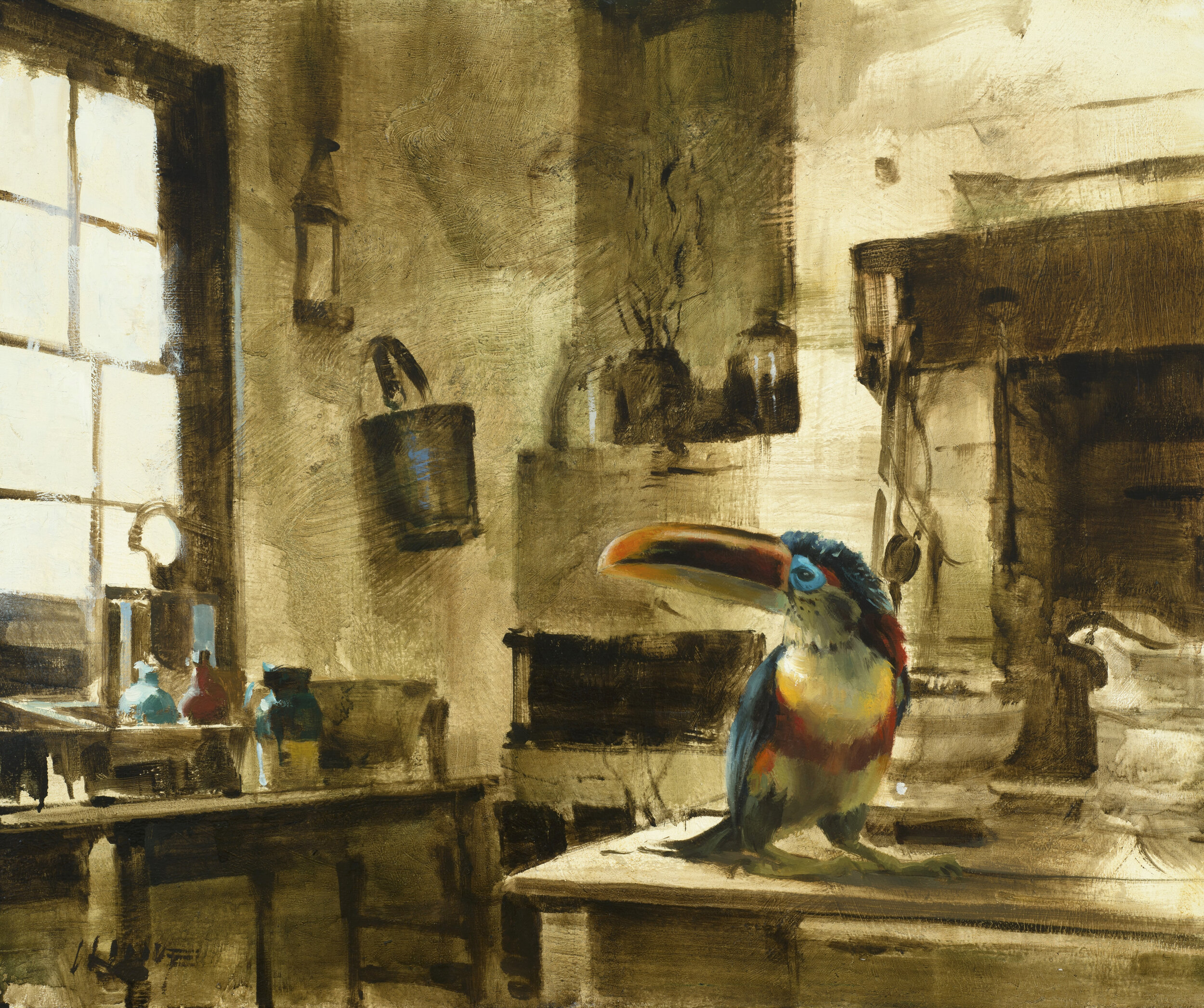
And the secret to happiness?
“The secret to happiness is to have goals but to let go of expectations because things always take longer than we hope.
If you put all of your joy into the process of doing and not into the outcome, you’ll never be disappointed. Because you’re always going to be joyfully doing what you’re doing. And even the mistakes are like, Okay, this is just part of the process, it’s part of growing up as an artist, as a person, and evolving. I’ve met people who are so joyful in the process.
And I know really talented people who make themselves miserable because they can never attain this thing, which is unattainable. We can all do this ourselves.
If we look at who we consider to be the masters, and I suspect it’s true for all the great masters, none of them was ever happy with what they did at some point. They did the best they can do. And they were satisfied at that time with what they’d done. And then the painting moves on to galleries and museums. But I guarantee you, none of them was ever completely happy. That’s the thing – I call it the ugly Muse – that drives us forward, to know that you’re not where you want to be. You can face it however you want. You can face this disappointment and think I failed, or I’m never gonna be good. Or you can face it in a more positive light, which is, I’ll get better. Be happy with where you are and know that you’ll improve. That’s a state of mind.
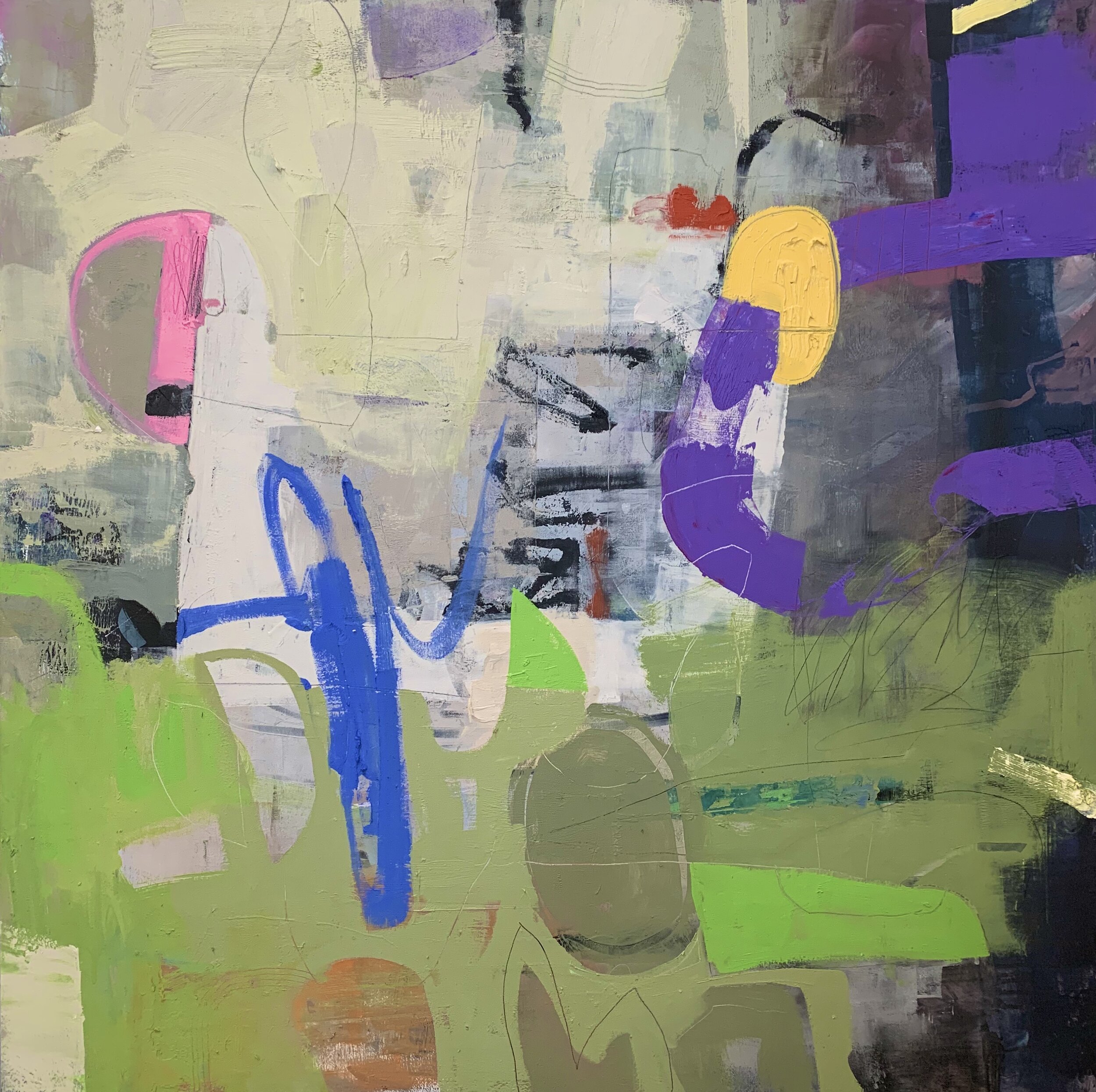
Two inhibitors to your painting journey
There are two great inhibitors. One is fear. And that’s the fear of making a mistake, and you have to make mistakes, that’s how we learn.
And the other is assumptions. We build our idea of the world on a set of assumptions that aren’t necessarily true, assumptions about a certain school of thought and this is how it’s done.
I go into museums to see all kinds of lines of thought. So there isn’t one, there is no singular line of thought to follow.
Study an artist over time and you can see their progression. In a retrospective, you can see their growth. They start in a place that’s not unlike someone in their circle, or who they train under. And you can see how they ultimately move on.
All the greats are intensely curious. And they’re also, I think, open to receiving information from other sources.
Our job is to observe, absorb, and adapt. And with emphasis on that last word, adapt. Because otherwise, we become clones of somebody else. And that’s not fun.”
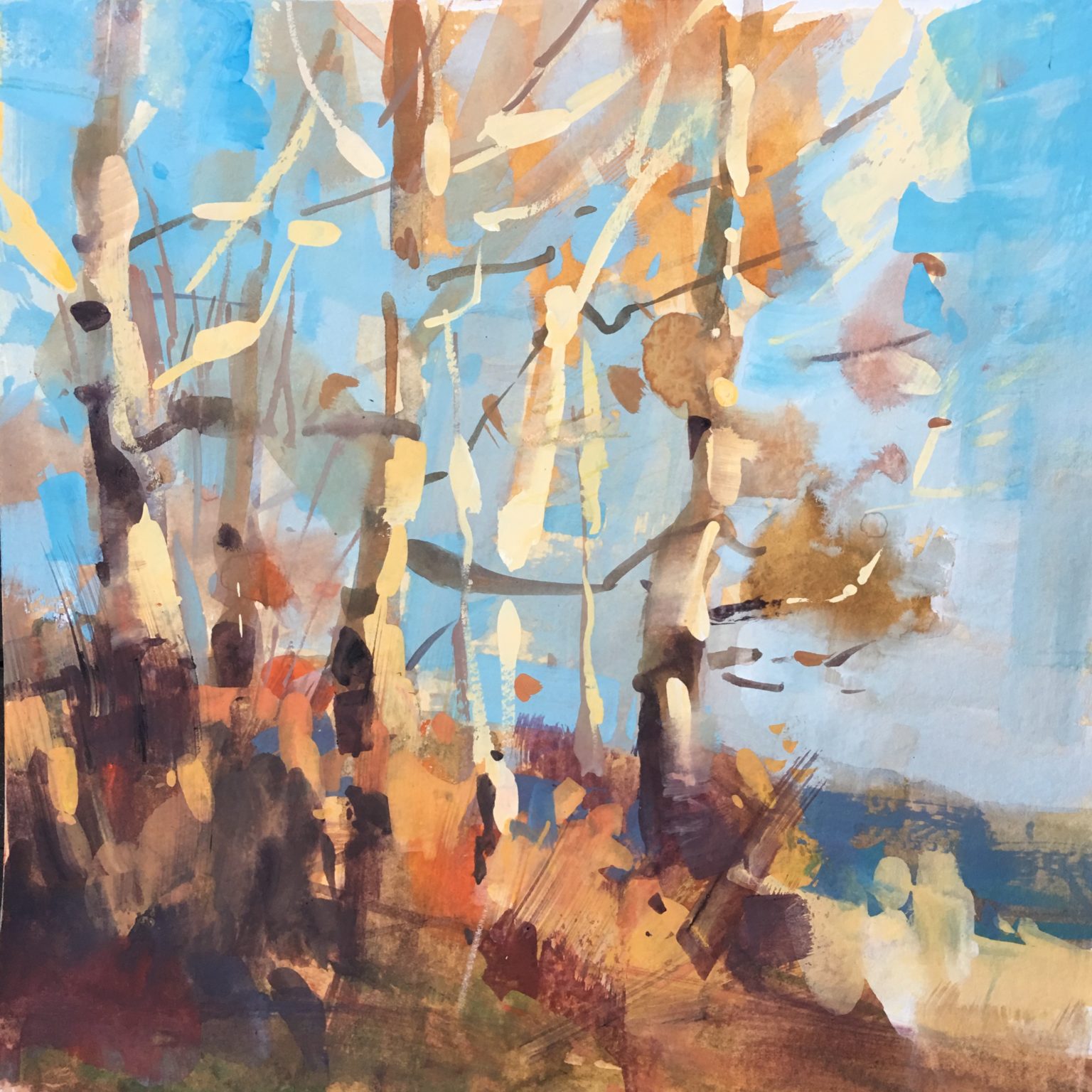
You can see more of Larry Moore’s work here.
I hope you found these nuggets of wisdom from Larry helpful!
________________________________________________________________________
And now let’s go to Karen Margulis…
I mentioned earlier that it was Karen Margulis who introduced me to the artist Larry Moore. Karen is a popular teacher, always ready to give generously in her videos and courses. She recently made an instructional video for Streamline Publishing. It takes you through her process of painting and its dynamite!! Check it out here!
Read about Karen’s behind-the-scenes experience in my interview with her.
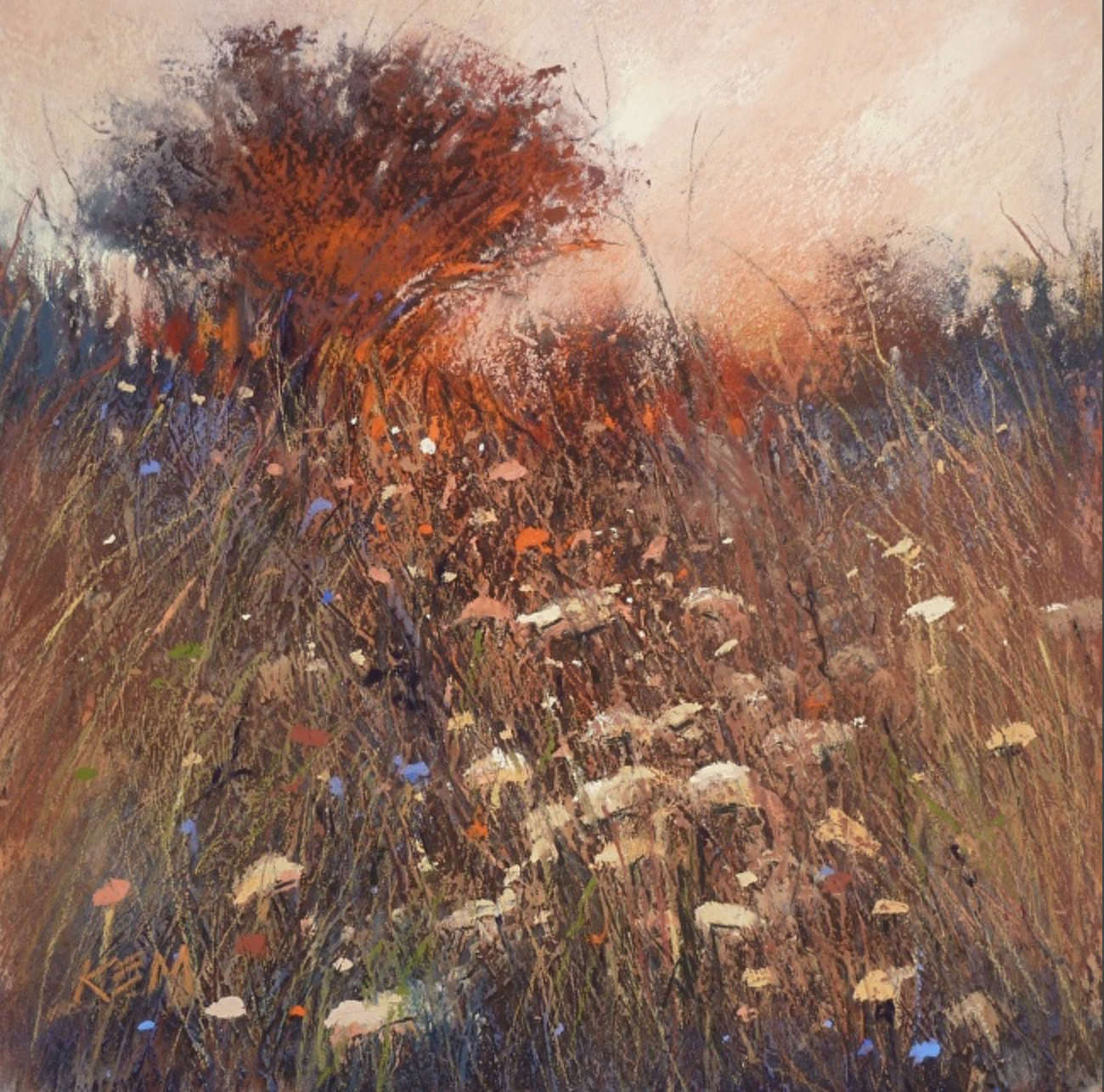
And that’s it for this time!
Gail

